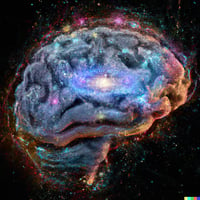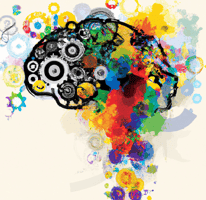We're entranced by the spell of modern AI, but are we blindly accepting the enchantment without...
A Lie We've Been Told - Unpacking the Truth about Good Old-Fashioned AI
Have we been tricked into disregarding the most fundamental aspect of artificial intelligence? You might think that modern machine learning is the heart and soul of AI, but here's an unpopular opinion: the true essence of AI isn't hidden in complex neural networks and data-driven models; it's rooted in the forgotten Good Old-Fashioned AI (GOFAI).
That's right, we're flipping the script, turning back the clock and asserting that the nuts and bolts of artificial intelligence are firmly lodged in the less glamorous, less hyped GOFAI.
We live in a world awash with AI. From voice assistants and recommendation systems to self-driving cars and facial recognition technology, the influence of artificial intelligence on our daily lives is undeniable. The impressive capabilities of these modern AI systems often blind us to their origins in the simpler, rule-based logic of GOFAI. However, as is often the case, understanding the roots of a discipline can reveal foundational principles that continue to be relevant.
GOFAI: The Unsung Hero of AI Evolution
GOFAI, prevalent from the 1950s to the 1980s, focuses on symbolic reasoning, where explicit, human-understandable symbols and rules guide its operations. It's like a child learning to add or subtract before diving into algebra or calculus. Symbolic logic, rule-based expert systems, and problem-solving algorithms were the hallmarks of this era. Their structured, straightforward approach to problem-solving set the stage for AI's evolution.
This tradition of logic-based problem-solving is more relevant today than we might imagine. It's the backbone of rule-based programming and expert systems still widely used in critical areas like medical diagnosis, financial decision-making, and more.
GOFAI vs Modern AI: An Unfair Comparison?
Comparing GOFAI with modern AI techniques like machine learning or deep learning might seem like comparing a horse cart to a Tesla. The sophistication, complexity, and sheer computational power of modern AI far surpass the capabilities of GOFAI. Yet, this comparison misses a crucial point.
Despite the allure of modern AI and its ability to process massive data, predict patterns, and adapt to new scenarios, its explainability or interpretability — the ability to understand how it arrives at decisions — is often questionable. This "black box" nature of modern AI can cause issues in scenarios where transparency is essential.
On the contrary, the decision-making process in GOFAI, guided by clear rules and logic, is transparent. The system's reasoning is understandable, replicable, and auditable. Hence, in sectors where accountability is crucial, GOFAI outshines its modern counterparts.
Reviving the Legacy
So, should we discard modern AI and revert entirely to GOFAI? Absolutely not. Modern AI techniques have their strengths, but acknowledging the value of GOFAI helps us appreciate AI's multifaceted nature. It is not a linear progression from outdated to state-of-the-art but a rich tapestry of techniques, each with its strengths and relevance.
As we marvel at the wonders of modern AI, it's worth taking a moment to appreciate the enduring contributions of Good Old-Fashioned AI. It's time to dust off the old textbooks, revisit the fundamentals, and reclaim the hidden wisdom of GOFAI. Remember, even the most advanced skyscraper needs a solid foundation.




